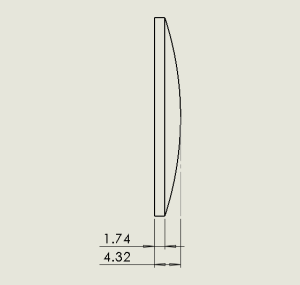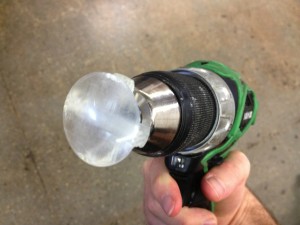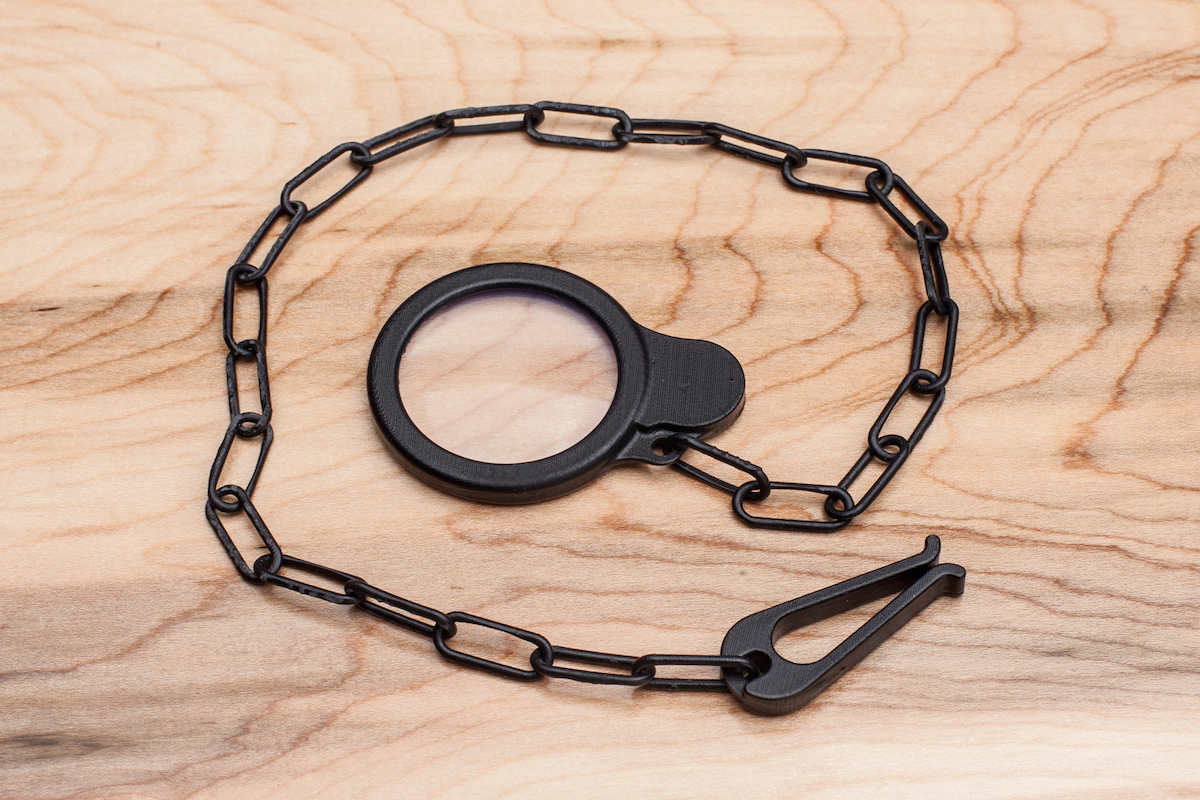To date, the 3D printing of optics has been singularly the territory of LUXeXceL — a Dutch company that has made tremendous strides with the commercialization of it proprietary process for printed optics. But as companies operating in the 3D printing industry usually find — any exclusivity is generally short lived. I’m sure someone will kindly point out any optical 3D prints that I’ve missed or overlooked.
FormLabs, though, is now using an optical 3D print to demonstrate its Clear Resin, as printed on a Form1+ 3D printer. It’s not a simple one step process by any means, but it is possible to PIY* when it comes to optics.
Over on the FormLabs blog, Craig Broady gives a step-by-step how-to guide for designing and 3D printing a magnifying monocle and provides access to the files for any PIYers out there that fancy having a go.

All parts were printed utilizing a resolution of 50 micron layers. And as is often the case when 3D printing, orientation within the build chamber was critical to the result, Craig says: “the lens was oriented such that it faces the front of the printer. This allows the liquid resin to flow more freely around it during the peel cycle. Maximizing resin flow can help prevent very small cured particles in the resin from adhering to [the] lens, ensuring as smooth a surface as possible.”
Another critical part of the overall 3D printing process was also highlighted — that of post-processing the part out of the machine. Off the machine, Broady reports that the lens was smooth, but not optically clear.

The results of his efforts are pretty impressive, and a great demo piece for what the Form1+ — and it proprietary resins — are capable of.
* Print It Yourself





